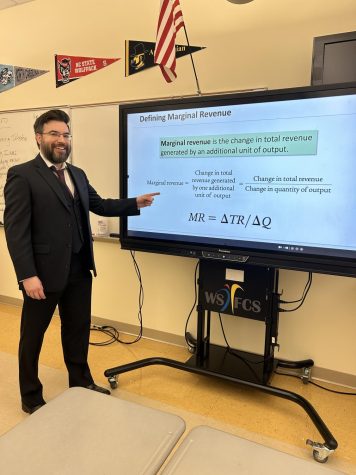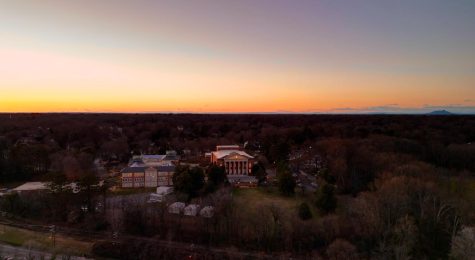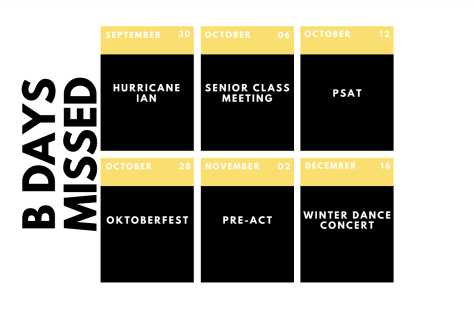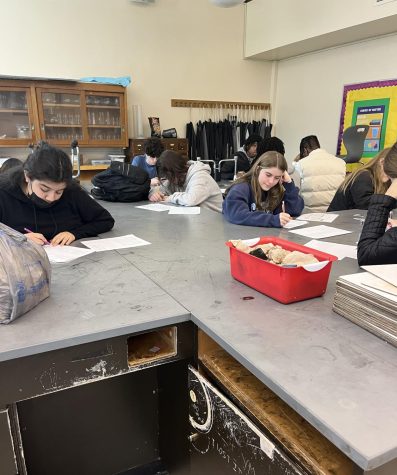Life After Florence
February 23, 2019
By Megan Curling
On the morning of Friday, September 14, Hurricane Florence made landfall in Wrightsville Beach, North Carolina as a slow moving Category 1 storm. As it made headway at around six miles per hour, Florence dumped as many as 40 inches of rain in that first day alone throughout coastal Carolina towns.
Now, over a month later, the death toll has risen to nearly 60 people and cities continue to assess the damage, determining how to continue their lives from before the storm that shattered rainfall and flooding records across the state.
Wilmington, North Carolina, where the storm first made landfall, suffered some of the worst damage. University of North Carolina at Wilmington (UNCW), which was evacuated on September 10, suffered nearly 1.3 million dollars in damage and is still attempting to solve various problems that resulted from the impact.
“I don’t think anyone really expected the hurricane to hit as hard as it did,” Speaking for my roommates and I, we thought we would be out for a week or two at most,” R.J. Reynolds High School alumna and UNCW freshman Camryn Jacob said.
The university announced twice that students would be allowed back on campus. However, they have been forced to push the dates back due to unforeseen damage, before finally allowing them back on October 6 with the exception of two apartment complexes whose occupants are being housed in the gymnasium and local hotels.
Left with this remarkable amount of damage caused primarily by rainfall, flooding and storm surges, many members of coastal communities are asking, “what’s next?”
Ginny Mangum, a teacher and decades long resident of New Bern, says that it is going to take a very long time for the community to recover and that it is often the less reported questions that cause the biggest problem.
“What are the long term effects of a natural disaster? How do seniors recover after missing 20 days of school? Who benefits economically from a disaster? What happens after the storm is no longer the #1 news event? When is it safe to go back into the water? When and how should students be allowed to volunteer after a natural disaster?” Mangum asks.
As businesses scramble to reopen in a timely manner in New Bern and surrounding areas, many public schools remain out of use with as many as 90% of their students without livable homes. A situation that people all across North Carolina are responding to through volunteering services and monetary donations.
“I know it affected a lot of people in our community of North Carolina and some of the places that got destroyed are places I travel to, so it kinda hit home for me,” junior Winborne Broughton, who raised money for Hurricane Florence relief as a member of RJR Homecoming Court, said.
As the North Carolina community continues to band together in support of one another, it will still be a long year for those students, businesses, homes, and livelihoods affected by Hurricane Florence.
Photo Provided by Creative Commons












